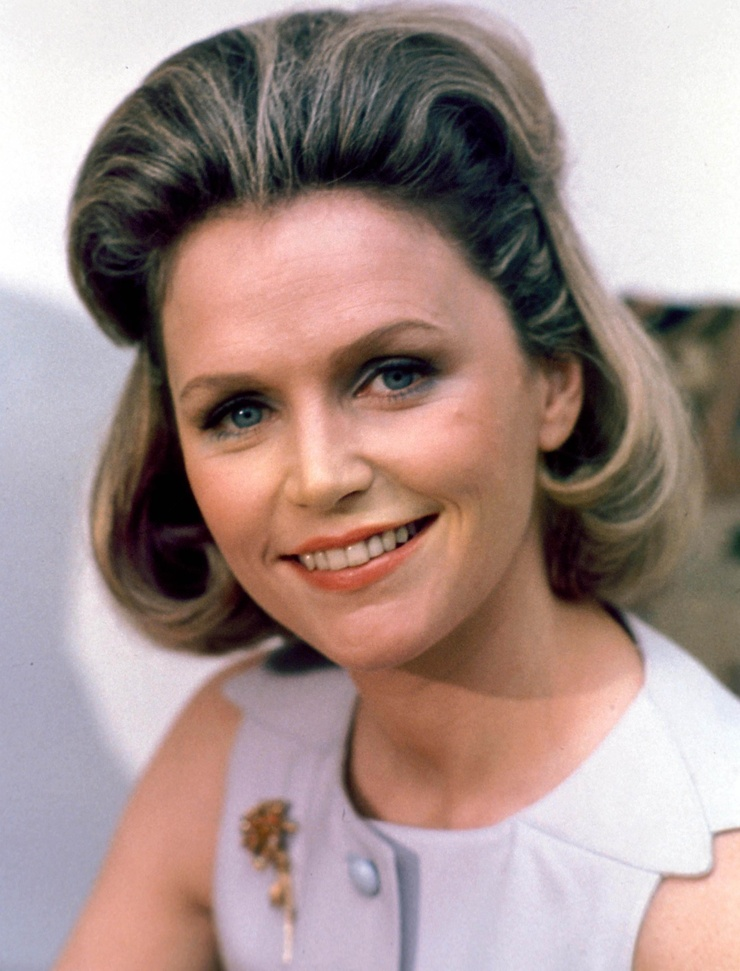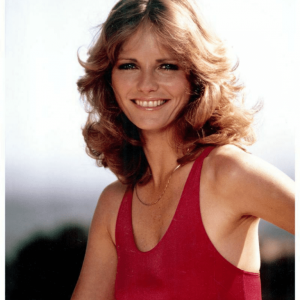Ever watched an old classic and felt that quiet ache in your chest—the kind that lingers long after the credits roll? That’s the power of Lee Remick. She didn’t need to shout to command attention; she simply was. Her presence—soft yet unshakable, graceful yet grounded—made her one of those rare actresses who could turn silence into poetry and heartbreak into art. Lee Remick wasn’t just an actress; she was an experience. And even decades later, her light continues to shine, undimmed by time.

From Quincy Roots to Broadway Dreams
Lee Ann Remick was born on December 14, 1935, in Quincy, Massachusetts—a small-town girl destined for extraordinary things. Her father, Francis Edwin Remick, owned a department store, while her mother, Gertrude Waldo, was a stage actress who passed down her love for performance. After her parents divorced, young Lee moved with her mother to New York City, where she was surrounded by creativity and theater from a young age.
While other girls were playing in the park, Lee was mastering ballet and dramatic expression. She attended the Hewitt School and later studied at Barnard College, sharpening her craft at the legendary Actors Studio. By her late teens, she was already performing in summer theater and stage productions, captivating audiences with her rare mix of elegance and emotional honesty.
She wasn’t chasing fame; she was chasing truth. That’s what set her apart even before Hollywood knew her name.
Video : Lee Remick Tribute
A Star Is Born: From Stage Lights to Studio Cameras
Lee made her Broadway debut at just eighteen in Be Your Age (1953)—a modest production that hinted at a powerful career to come. Television producers soon took notice, casting her in respected live drama series such as Studio One and Hallmark Hall of Fame.
Her cinematic breakthrough arrived in 1957 with Elia Kazan’s A Face in the Crowd. As Betty Lou Fleckum, she delivered a performance that felt raw, real, and hauntingly modern. Critics praised her naturalism—it was as though she wasn’t acting at all but simply being. In an era when Hollywood adored glamorized performances, Lee Remick offered something revolutionary: authenticity.
Hollywood’s Leading Lady: From Innocence to Intensity
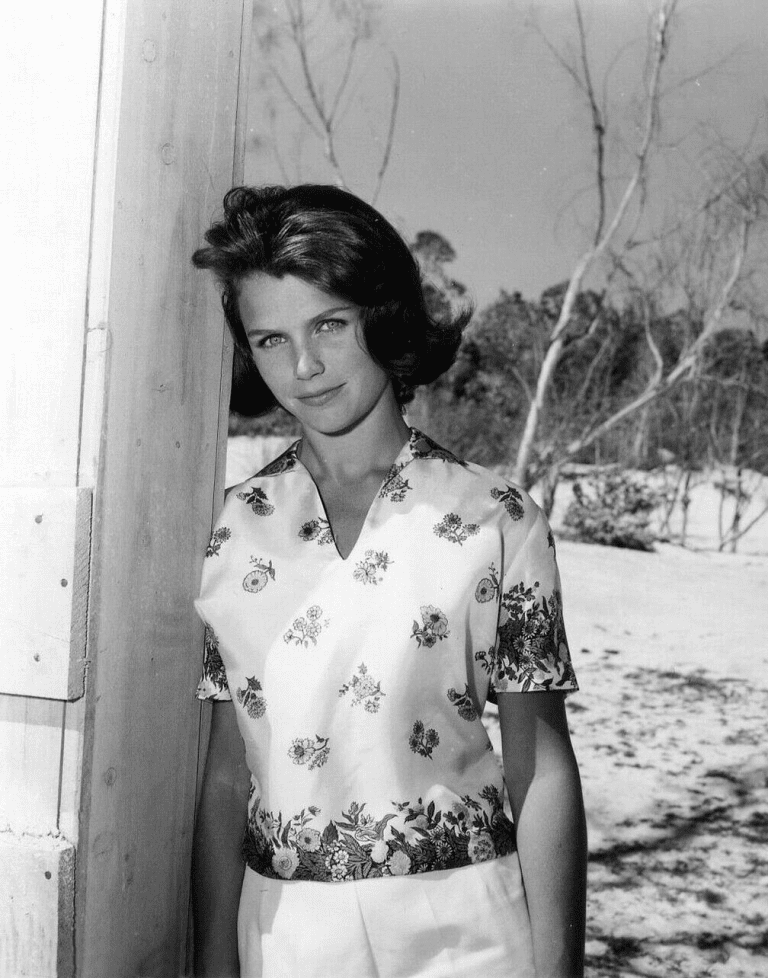
The late 1950s and 1960s were Lee Remick’s golden years. She starred in Anatomy of a Murder (1959) as Laura Manion, a role that tested her depth as an actress. Opposite James Stewart, she portrayed a woman caught between victimhood and agency, exuding sensuality and quiet strength.
Then came Days of Wine and Roses (1962), the film that defined her career. As Kirsten Arnesen, a young woman battling alcoholism alongside her husband (Jack Lemmon), Lee’s performance was nothing short of devastating. She didn’t just play addiction—she lived it on-screen, with a rawness that was almost painful to watch. The role earned her an Academy Award nomination and solidified her as one of Hollywood’s finest dramatic actresses.
Other memorable performances followed—Wild River (1960), Experiment in Terror (1962), and the horror classic The Omen (1976), where she portrayed the tormented mother of the Antichrist. Her versatility was astonishing. Whether she was playing fragile souls or women of quiet defiance, Lee brought truth to every frame.
Queen of the Small Screen: Television Triumphs
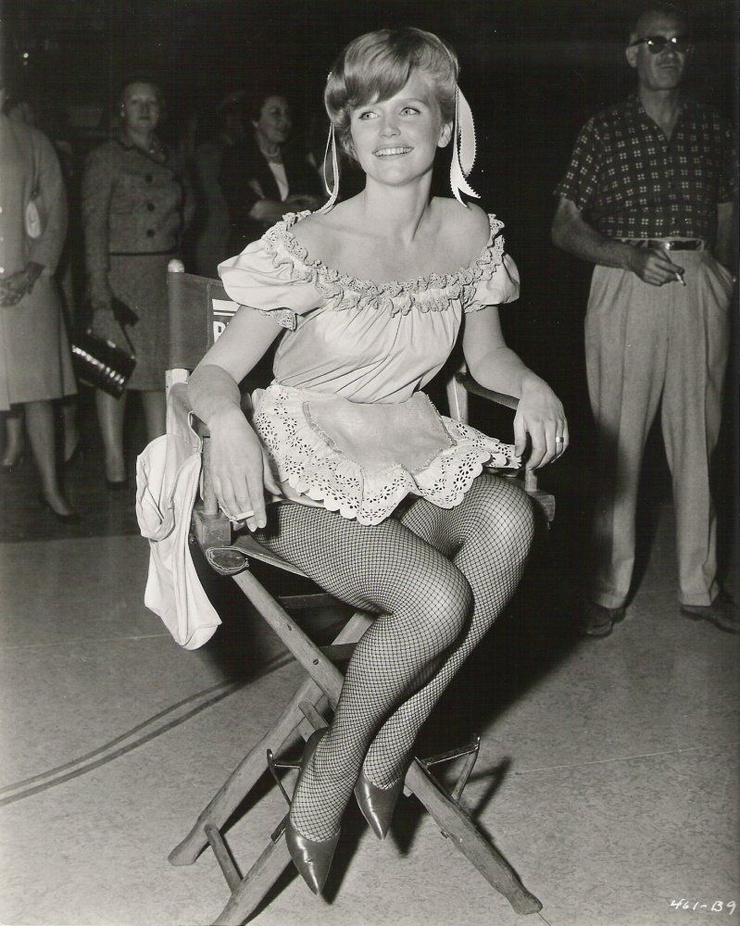
As many of her peers faded from the spotlight, Lee Remick found a new stage on television—and conquered it. In the 1970s, she delivered a string of powerhouse performances that earned her critical acclaim.
In Jennie: Lady Randolph Churchill (1974), she embodied Winston Churchill’s mother with poise and fire, winning both Golden Globe and BAFTA nominations. Her work in The Blue Knight (1973) also earned her a Golden Globe, proving her ability to master both subtlety and strength.
For Lee, television wasn’t a step down—it was another opportunity to explore the human soul. Every close-up, every whispered line carried emotional weight. She wasn’t chasing stardom; she was chasing sincerity.
Behind the Spotlight: Love, Family, and Grace

Off-screen, Lee’s life was marked by love, family, and quiet integrity. She married director Bill Colleran in 1957, and together they had two children, Katherine and Matthew. When their marriage ended in 1968, she found love again with British producer Kip Gowans. The couple married in 1970 and shared two decades of devotion, creativity, and mutual respect.
Friends described her as gracious, loyal, and refreshingly grounded. Despite fame and accolades, she lived without pretense, choosing family and privacy over celebrity excess. She managed to balance motherhood with her career—an achievement few actresses of her time could claim.
A Courageous Battle: Strength in the Face of Illness
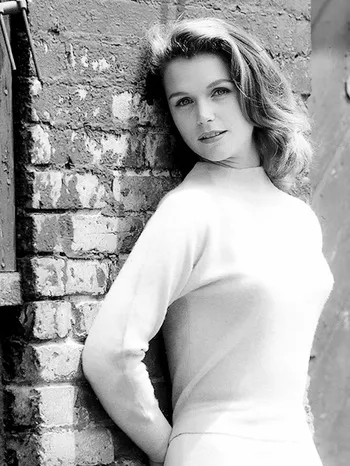
In 1989, while filming in France, Lee was diagnosed with kidney cancer. It was a devastating blow, but she faced it with dignity, humor, and resilience. Even as her health declined, she continued to work, starring in Jesse (1988) and A Turn of the Screw (1989). Her professionalism never faltered.
Video : Movie Legends – Lee Remick
Lee passed away on July 2, 1991, at just 55 years old. The industry mourned deeply. Her friends and colleagues—among them Jack Lemmon and Gregory Peck—remembered her not only as a brilliant actress but as a profoundly kind and intelligent woman. Months before her death, she received a star on the Hollywood Walk of Fame, a fitting tribute to a woman whose artistry continues to inspire generations.
Enduring Legacy: Why Lee Remick Still Matters
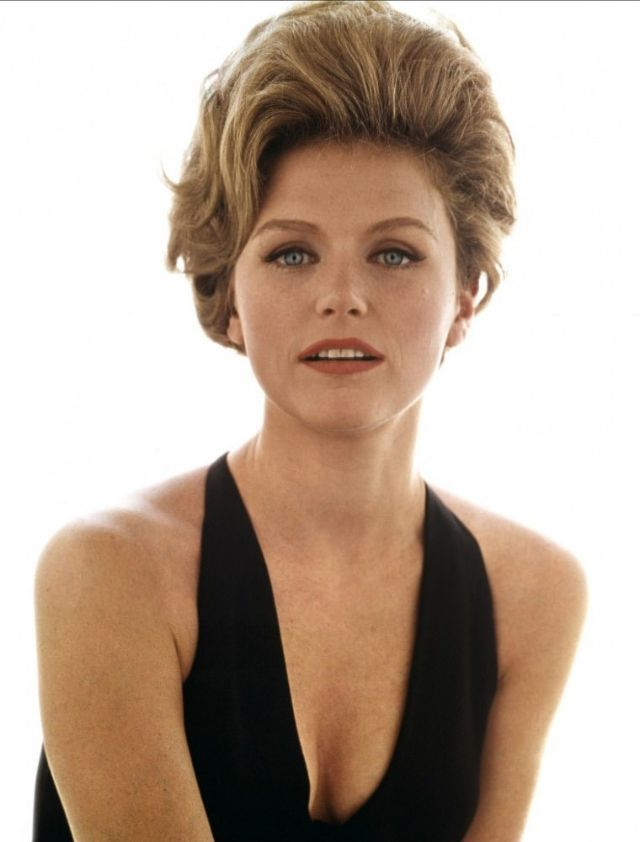
Decades after her passing, Lee Remick remains a symbol of authenticity in an industry often built on illusion. She didn’t play characters—she embodied them. Her performances were marked by emotional honesty and quiet strength. She portrayed women not as caricatures but as complex human beings navigating love, pain, and identity.
Her influence can be felt in the performances of modern actresses who value truth over theatrics—artists like Cate Blanchett, Nicole Kidman, and Jessica Chastain, all of whom echo her nuanced intensity.
Watch any Lee Remick film today, and you’ll still feel that unmistakable pull—the quiet electricity of a performer who understood the language of the soul.
Conclusion: The Glow That Never Fades

From her early days in Quincy to her final bow in Hollywood, Lee Remick lived her art with grace and authenticity. She wasn’t chasing fame; she was chasing truth—and in doing so, she created a legacy that transcends time.
Graceful, grounded, and gloriously human, Lee Remick remains proof that true artistry doesn’t fade—it evolves, it lingers, and it continues to move hearts long after the curtain falls. Her light may have dimmed in life, but on-screen, it still burns—soft, steady, and eternal
